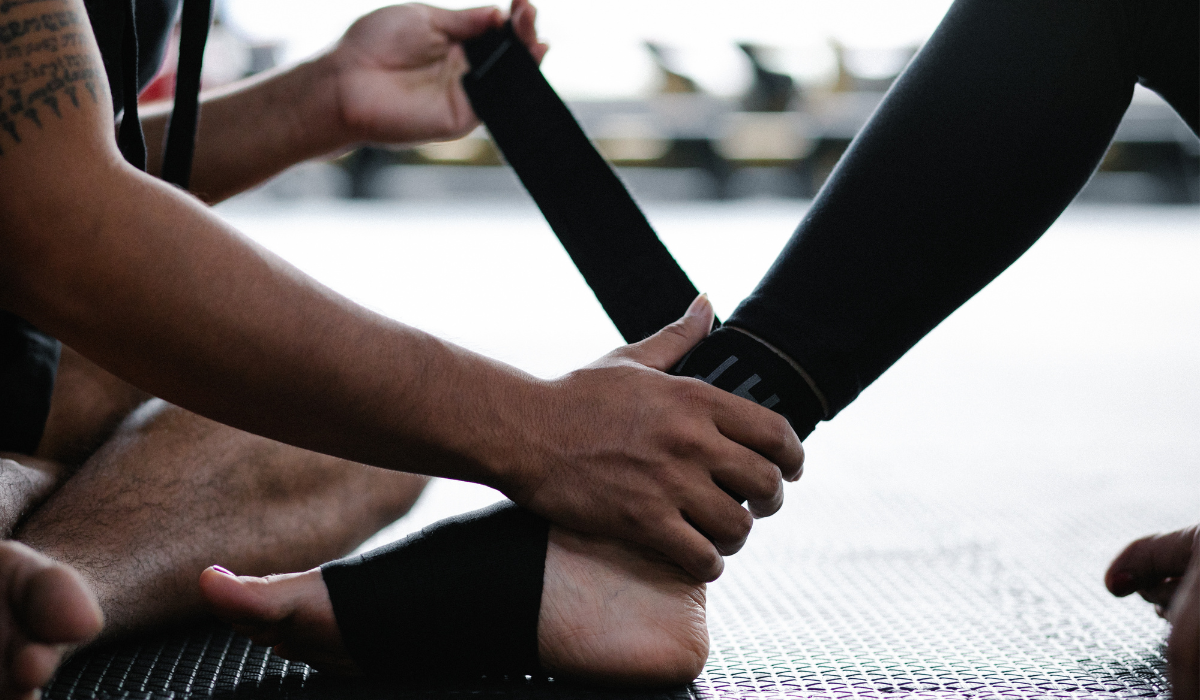How to Prevent Overuse Injuries During Marathon Training
Marathon training is an intense journey that pushes the human body to its limits. While the goal of completing a lot of miles is exhilarating, the path to the finish line is fraught with potential injury risks. Overuse injuries are particularly common among marathon runners, often derailing months of dedicated training and preparation.
Understanding Overuse Injuries
Overuse injuries occur when repetitive stress is placed on muscles, tendons, and joints without adequate recovery time. For marathon runners, this typically manifests as conditions like runner's knee, stress fractures, tendinitis, and shin splints. The primary culprits behind these injuries include:
Sudden increases in training intensity
Improper running technique
Inadequate rest and recovery
Muscle imbalances
Inappropriate footwear
Related: Recovering from the Slopes: How Massage Therapy Helps Skiers and Snowboarders Perform Their Best
Strategizing Injury Prevention
1. Gradual Training Progression
The golden rule of marathon training is incremental progression. Experts recommend the "10% rule" - increasing your weekly mileage by no more than 10% to allow your body to adapt to increased stress. This approach gives muscles, tendons, and bones time to strengthen and become more resilient.
While the 10% rule is a useful guideline to help prevent overtraining and injury by promoting gradual increases in workload, it should be adapted to fit individual needs and circumstances. Consulting with a coach or healthcare professional can provide personalized advice tailored to your specific situation.
2. Comprehensive Strength Training
Strength training is not just for bodybuilders. For marathon runners, targeted strength exercises can:
Improve muscle balance
Enhance biomechanical efficiency
Reduce injury risk
Boost overall running performance
Focus on exercises that strengthen core muscles, glutes, quadriceps, and calves. Incorporate exercises like:
Squats
Lunges
Planks
Single-leg deadlifts
Resistance band work
3. Proper Recovery Techniques
Recovery is where real training adaptation occurs. Implement these strategies:
Active recovery days with low-intensity cross-training
Regular stretching and foam rolling
Adequate sleep (7-9 hours nightly)
Proper nutrition with sufficient protein and anti-inflammatory foods
Hydration management
4. Professional Assessment
Prime Sports Institute offers advanced analysis that can be crucial for marathon runners. Our comprehensive assessments help identify:
Running gait inefficiencies
Potential injury risk factors
Personalized technique modifications
Customized training recommendations
By understanding your unique profile, you can address potential issues before they develop into serious injuries.
5. Smart Footwear Selection
Proper running shoes are your primary injury prevention tool. Key considerations include:
Getting professionally fitted
Replacing shoes every 300-500 miles
Matching shoes to your foot type and running style
Rotating between two pairs of shoes to distribute wear
6. Listen to Your Body
Distinguishing between normal training fatigue and potential injury is crucial. Warning signs include:
Persistent pain lasting more than a few days
Sharp or shooting pain during running
Swelling or significant discomfort
Decreased performance
Unusual muscle weakness
When these symptoms appear, consult a sports medicine professional immediately.
Related: The Benefits of Massage for Bellingham Marathon Runners
Mental Approach to Injury Prevention
Marathon training is as much a mental challenge as a physical one. Develop a mindset that prioritizes long-term health over short-term performance gains. Be willing to modify your training plan, take rest days, and seek professional guidance when needed.
Conclusion
Preventing overuse injuries requires a holistic approach combining smart training, proper recovery, professional guidance, and self-awareness. By implementing these strategies, marathon runners can significantly reduce their injury risk and maintain consistent, productive training.
Remember, a successful marathon journey is not just about crossing the finish line, but arriving there healthy, strong, and prepared.
Contact us at PrimeBellingham.com for a consultation.


